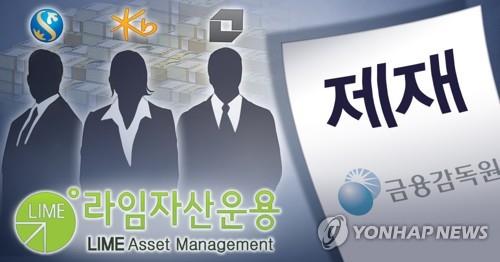Input 2021.02.06 07:00
“Huawei offered commercial support but declined”
“I dream of a cartoonist”… Character popularity drawn to CL–
–
Lee Gi-jin (62), a professor of physics at Sogang University, said in an interview with Chosun Biz at the headquarters in Sinsu-dong, Seoul. On the 28th of last month, Professor Lee’s research team developed a technology to measure blood sugar without drawing blood using a’microwave’, published in Nature’s sister magazine’Scientific Report’, and is applying for a patent.
Professor Lee is known as the father of singer CL, but is also a physicist who has devoted himself to microwave research for nearly 30 years. He received his bachelor’s, master’s, and doctorate degrees from the Department of Physics at Sogang University, worked as an assistant professor at the University of Tsukuba and Tokyo University of Technology, Japan, and has been a professor at Sogang University for 22 years.
The blood sugar measurement technology that Professor Lee challenges to commercialize is a long-standing dream of diabetics. This is because you can free yourself from the pain of draining blood by stabbing a needle in the skin up to 10 times a day. CNBC said, “100 million people in the US alone have diabetes or pre-diabetes disease,” he said. “The non-invasive blood glucose measurement method could become a game changer in this market (blood glucose measuring device market).” In Korea, it is known that 1 in 7 adults suffers from diabetes or pre-stage disease.
Although it is being developed in various ways around the world, no technology has yet reached the level of commercialization. Samsung Electronics and Apple are also competing to add blood sugar measurement functions to their smartwatches, but neither companies have a clear commercialization plan. Both companies adopted a method of shooting a laser (visible light) into the blood vessels under the skin. When the laser passes through the blood, it uses the principle that the characteristics of light, called’wavelength’, change depending on the amount of glucose (blood sugar) in the blood. Indirectly measure blood sugar levels by looking at the degree of change in wavelength.
–

–
Professor Lee said, “I was doing research on analyzing the structure of genes (DNA) with microwaves in 2006, and with this degree of precision, I thought I could know how much glucose is in the blood.” In the same year, Seoul St. Mary’s Hospital and healthcare venture companies started joint research with 500 million won from the government for three years. It was decided to make a portable medical device that tells the blood sugar level in the capillaries when you touch it with your fingertips.
It was a challenging challenge as it has not been commercialized yet. Only recently, 15 years later, succeeded in measuring blood sugar with precision enough to be commercially available. Professor Lee said, “Starting from now when we finish developing core technology,” he said. “The goal is to make prototypes within the next three years and commercialize them through domestic companies.”
There are also challenges facing now. Until 2019, it had received more than 1 billion won in government subsidies to conduct basic research, but the support was cut off at the beginning of last year, which was the threshold for commercialization research. Professor Lee said it would take hundreds of millions of dollars more to build a prototype and transfer the technology to a company.
Recently, I had an opportunity to solve this problem at once. Huawei has decided to support the research. According to Professor Lee and Sogang University, in November of last year, Huawei directly contacted Professor Lee and made a suggestion to the effect of’commercializing our product through technology transfer because we will provide full support for the research fund needed in the future.’ He also sent a contract to Professor Lee and asked for a reply by writing down the required amount.
Professor Lee declined. He said, “It was a difficult proposal to ignore as the results of 15 years of research are showing fruit,” he said. “However, since the research started with government support, we decided that we have the responsibility to protect it through our technology.” This year, the Ministry of Science and ICT is looking for other ways to cover research expenses, such as re-entry for research support projects.
Professor Lee also added, “As China’s Thousand Persons Program (overseas talent attraction program) is becoming a problem in the scientific community, it was necessary to be more cautious.” China is striving to secure cutting-edge technology with scientists from rival countries, including Korea, through the Cheonin Plan. In 2017, Professor Lee Mo of the Department of Electrical and Electronic Engineering at KAIST was arrested in September of last year on charges of handing over the technology related to LIDAR, the core of autonomous vehicles, to a local university research institute with the support of the Chinese government. .
–

–
Currently, I am writing a column on the subject of science along with a science manga in the Dong-A Ilbo. He and his virtual robot assistant’Tutti’, who appeared in science cartoons, gained popularity among manga readers, and are now being used in the marketing of Sungsimdang, a famous bakery in Daejeon.
–
– .
![[인터뷰] ‘CL’s Dad’ Professor Ki-jin Lee “Measures no blood sugar, Huawei gave out blank checks, but it is developing independently” [인터뷰] ‘CL’s Dad’ Professor Ki-jin Lee “Measures no blood sugar, Huawei gave out blank checks, but it is developing independently”](https://image.chosun.com/sitedata/image/202102/05/2021020502324_0.jpg)

